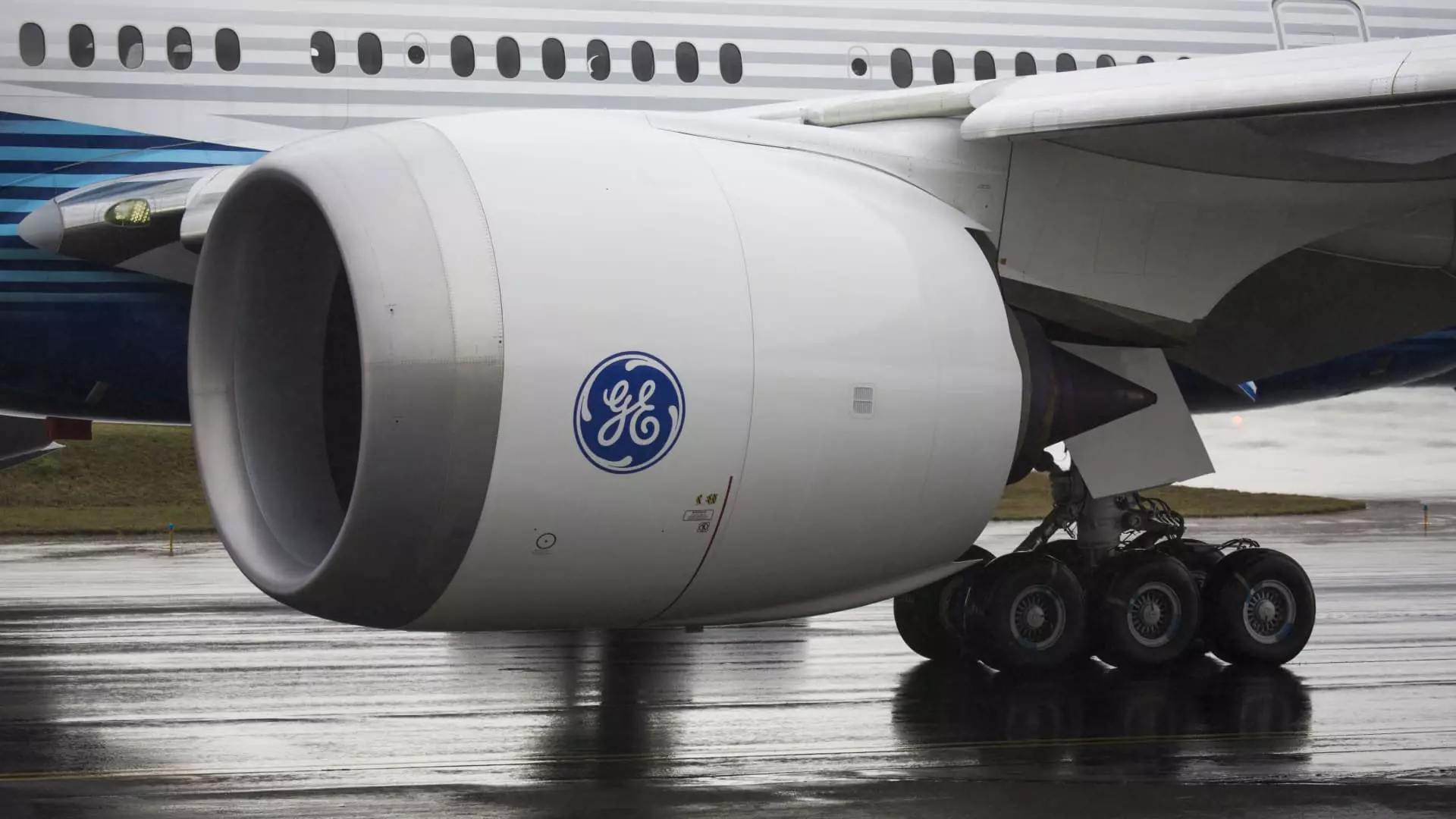In a world seemingly engulfed by tariff-induced chaos, GE Aerospace stands as a shining beacon of stability. While many financial analysts, investors, and companies navigate this treacherous terrain with escalating concerns and shaky confidence, GE Aerospace appears to be tailored from a different fabric altogether. According to insights from Bank of America, GE’s exceptional tariff mitigation strategies and robust operational framework not only fortify its position but also offer a glimpse of how sound management can weather unpredictable economic storms.
The Aerospace sector, intrinsically tied to global supply chains, faces headwinds that threaten its stability. Yet, GE Aerospace’s strategic foresight and decisive action have insulated it from the negative impacts that tariffication has laid upon its competitors. In a climate where companies struggle to maintain profitability and investor confidence wanes, GE Aerospace shines brightly, showcasing its potential for growth.
Strategic Positioning and Market Performance
ANALYST Ronald Epstein has suggested that GE’s proactive mindset has proven to be pivotal. The bank’s outlook, which includes a consistent buy rating and an ambitious $230 price target for GE stock—a generous 17% increase over its recent close—offers ample evidence that the company is on the right trajectory. This kind of market positioning is not just about numbers; it’s a testament to GE’s comprehensive understanding of global trade dynamics and its ability to leverage that knowledge effectively.
Furthermore, GE Aerospace’s collaborative relationships with industry giants like Boeing and Airbus enhance its market positioning considerably. The dual allegiance ensures that the company continues to ride the coattails of substantial demand, keeping revenue flows robust even amidst political and economic hurdles. The potential for growth, especially in a point of vulnerability for many other companies, is a powerful symbol of GE’s resilience.
Cost Headwinds and Adaptive Strategies
Indeed, while GE is forecasting a $500 million cost burden due solely to tariffs, the company’s approach isn’t primarily rooted in despair. Instead, GE Aerospace demonstrates a pragmatic mastery over the fiscal challenges ahead. Epstein’s analysis suggests that GE has constructed a comprehensive plan to confront these tariffs, incorporating strategic cost controls and opportunities for pricing adjustments. This is not merely survival; it’s an aggressive stance against unnecessary doom and gloom—the kind that ensnares less prepared companies.
Utilization of free-trade zones and operational improvements serve as powerful examples of how GE crafts solutions rather than wallowing in the inevitability of negative outcomes. They are systematically reworking their operational framework to absorb the shocks resulting from policy changes without sacrificing long-term growth. By doing so, GE Aerospace not only differentiates itself from its competitors but lays a foundation for enduring stability.
The Political Landscape and Growth Potential
A deeper examination reveals a complex interplay between GE Aerospace and the political landscape, particularly in a climate governed by uncertainties related to tariffs and international trade. Recent engagements, including discussions between GE’s CEO Larry Culp and former President Donald Trump, contribute valuable insights into how GE is navigating this labyrinth. The acknowledgment of a trade surplus in the U.S. aerospace sector, discussed during those meetings, not only underscores the significance of the industry but signals a potential favorable alignment between industry needs and governmental priorities.
As tariffs risk leaving a trail of volatility across Wall Street, investors may find comfort in GE Aerospace’s promise. A near 20% stock rise in 2025, conspicuously contrasted against a 7% decline in the S&P 500, exemplifies market confidence in GE’s leadership amidst adversity. Their success propels discussions around market resilience and the opportunities available when strategic foresight and operational strength align.
While the broader landscape may be clouded with uncertainty, GE Aerospace offers a compelling narrative of adaptability, strategic acumen, and growth potential. Their ability to maintain operational integrity while effectively dealing with tariff implications presents a blueprint for success that transcends traditional economic forecasts. In markets where many flounder, GE Aerospace stands tall, invoking not only investor confidence but shaping the future narrative of what successful corporate governance looks like in the face of adversity.

